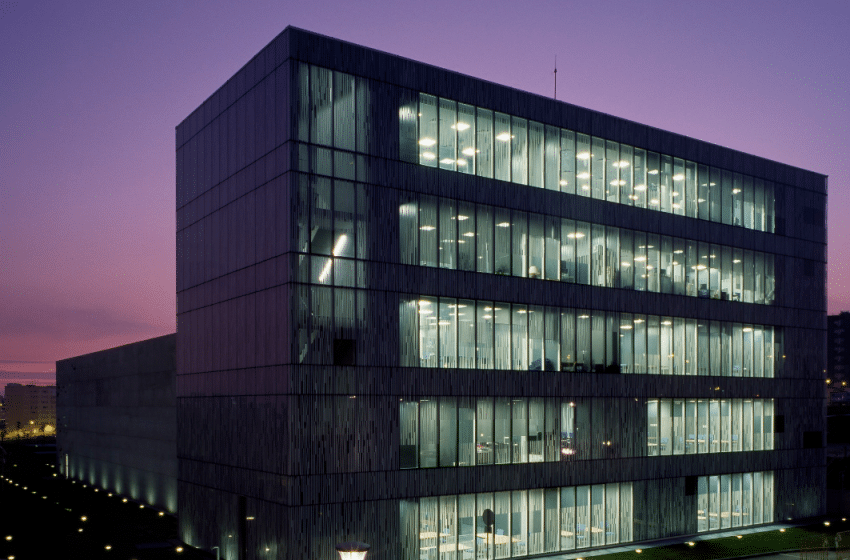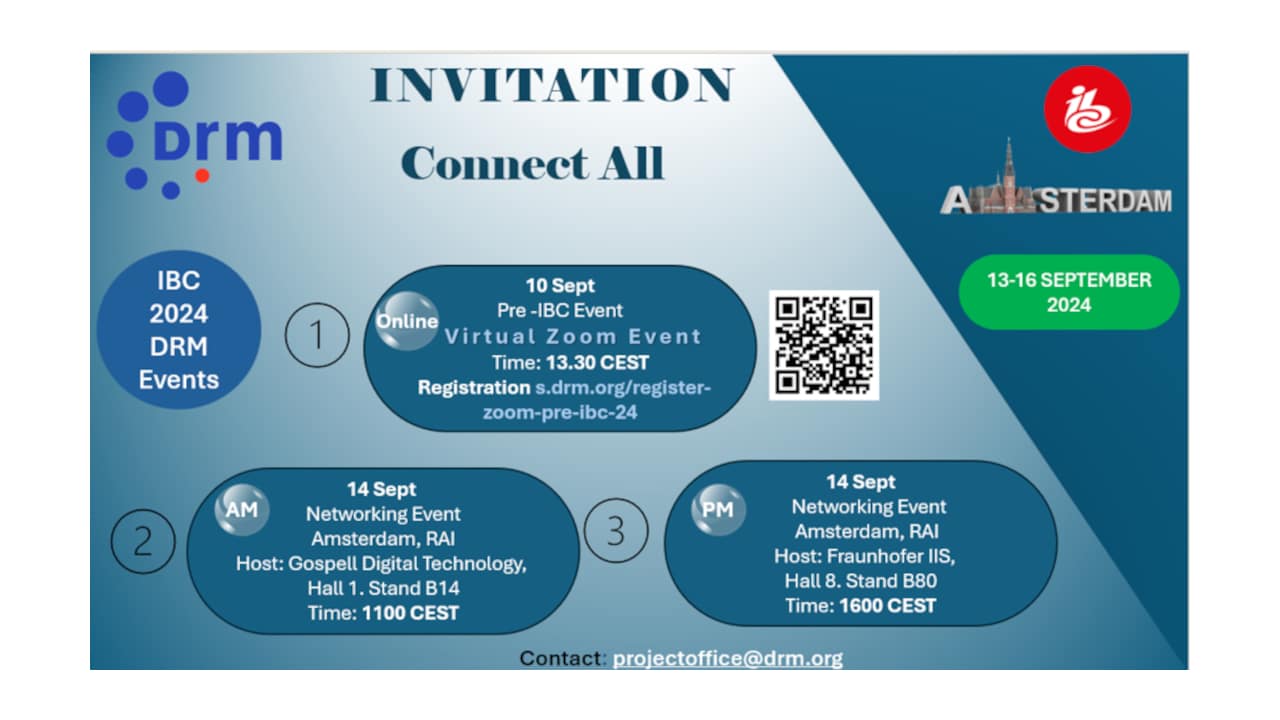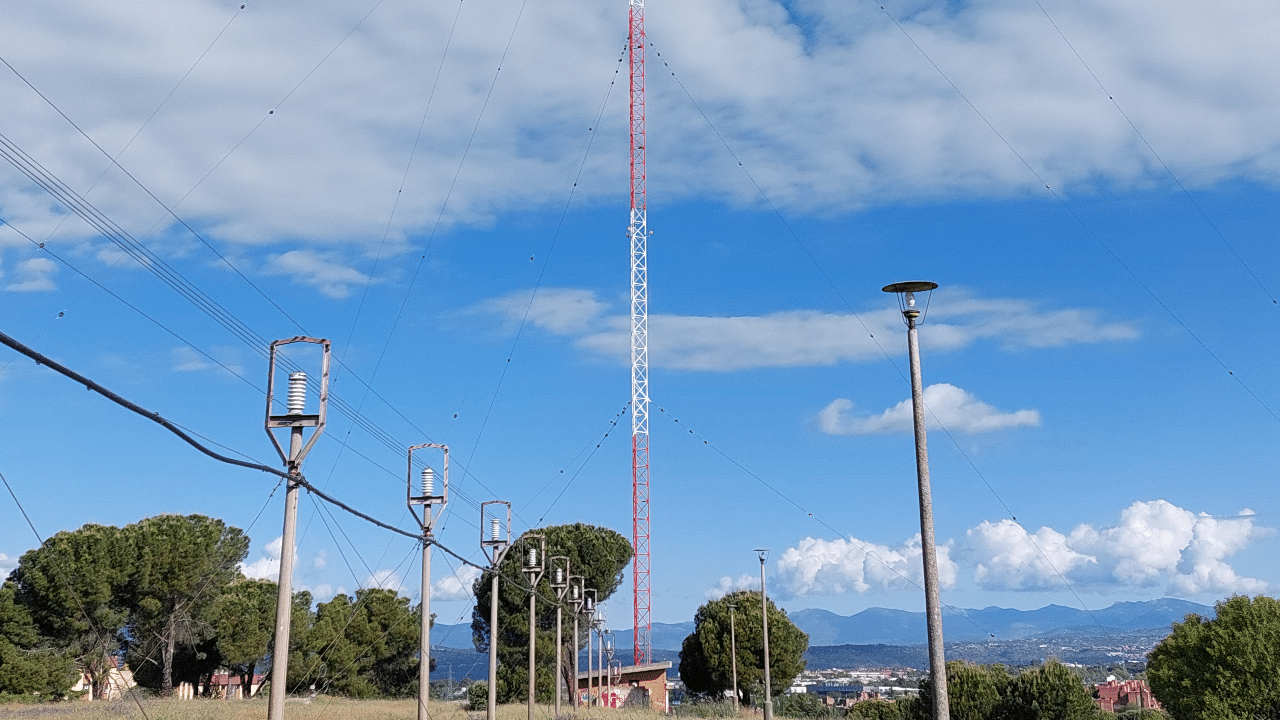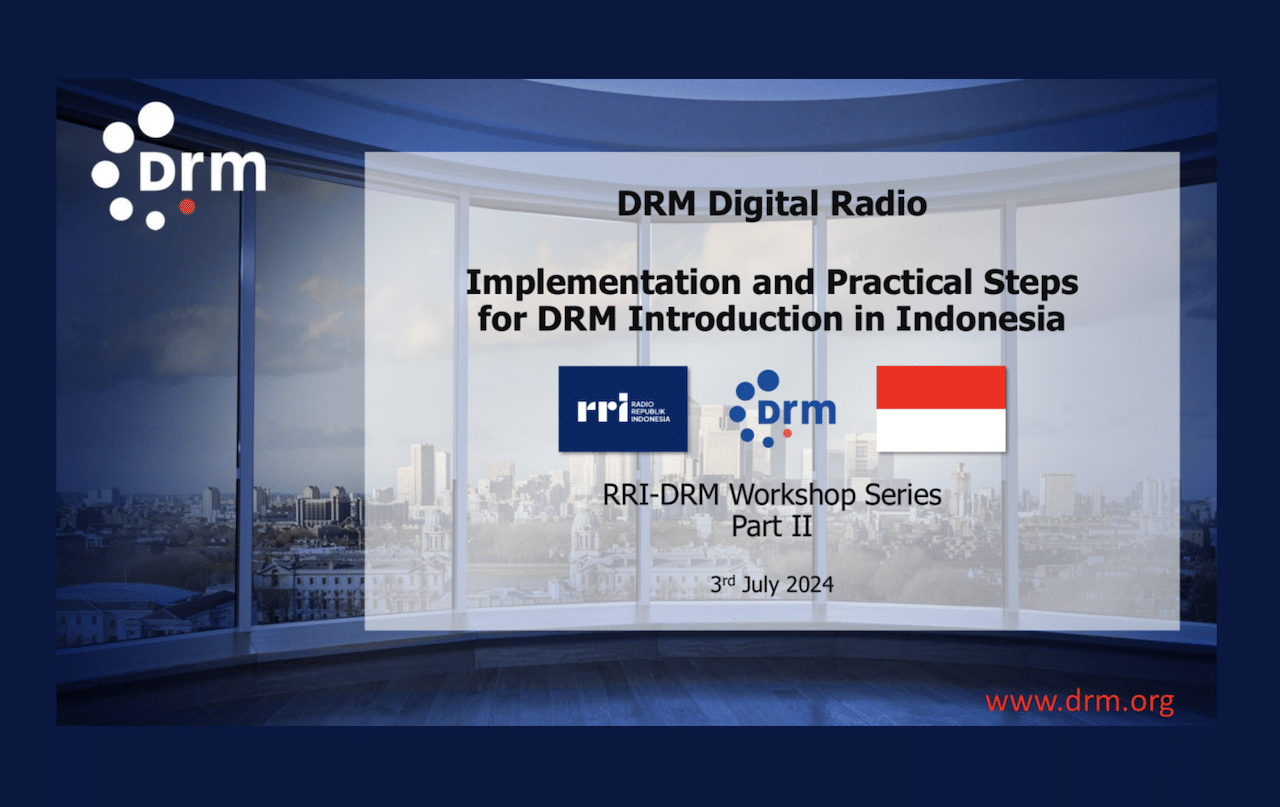
PARIS, France — Europe’s public broadcasters are facing significant challenges in the face of changing media consumption habits and new broadcasting standards. While they share similar challenges, their approaches to solving them differ — case in point: the United Kingdom, Portugal and Italy.
BBC: Tight budgets, tough decisions
For the British Broadcasting Corp., budgetary savings and prioritizing digital broadcasting are one of the most significant issues. In May last year, the BBC announced it would cut 1,000 jobs as part of a radical plan to accelerate its move to digital and save money. The plan included merging its national and international news channels.
Already facing several cost-cutting plans and aging audiences in recent years, the British public broadcaster was under increasing pressure with budget cuts aimed at saving 500 million pounds a year (586 million euros). The aim was to invest in reorganizing the company toward digital.
Another plan to cut costs requires the BBC’s local radio stations broadcast more joint programs. In addition, the BBC is switching off its longwave transmissions. For example, BBC Radio 4, the broadcaster’s flagship national channel, still also broadcasts on 198 kHz. The BBC first announced the decision to switch it off back in 2011.
BBC Radio 5 Live also expects to cease broadcasting on medium wave by 2027, moving entirely to digital.
All these decisions may lead to problems accessing programs, especially for the elderly and those with limited or no internet access.
There seems to be no one-size-fits all solution for Europe’s public broadcasters to deal with the challenges they’re all facing.
RTP: Little appetite for digital
While the BBC is racing to be “digital first,” Rádio e Televisão de Portugal has hit the pause button. Portugal stopped the rollout of DAB technology in 2011 due to the perceived lack of a sustainable business model for commercial broadcasters and a shortage of receivers. This radio broadcasting mode is now “frozen,” and the country has made no attempt to reactivate DAB transmission. In this respect, Portugal remains an exception in Europe, where most countries are accelerating the implementation of DAB+.
RAI says “arrivederci” to MW
Radiotelevisione Italiana, one of the pioneers in the field of broadcasting, is switching off its medium-wave transmitters, the latest being that of RAI Radio 1 in September last year. The station used to broadcast on more than 10 frequencies. The public broadcaster is modifying broadcasts and reception depending on location. RAI Radio 2 and RAI Radio 3 broadcast on medium wave until May 2004, when their respective networks merged with those of RAI Radio 1.
The closure of RAI Radio 1’s medium-wave transmitters was not without pushback — it has apparently caused a significant problem for blind and partially sighted people. Also, there seem to be issues with the quality of the station’s FM reception, which is not optimal in certain parts of Italy due to the saturation of the FM band. The result is a “war” between private radio stations for access to transmitters and broadband, which impacts the quality of reception of the public broadcaster’s transmissions.
So, where is RAI with respects to digital? In short: It’s not wasting time. The Italian communications regulator, AGCOM, approved the provisional national plan to allocate frequencies in the VHF-III band for DAB+ in July. RAI Radio is proposing Italy begin switching off FM transmitters starting in 2025 with the goal of being completely digital by 2030. RAI’s DAB+ network already consists of 59 stations that reach a little over half the national population.
Conclusion
There seems to be no one-size-fits all solution for Europe’s public broadcasters to deal with the challenges they’re all facing. The BBC, RTP and RAI are adjusting their programming as best they can, each adopting measures adapted to their internal situation, particularly concerning digital transition.





















